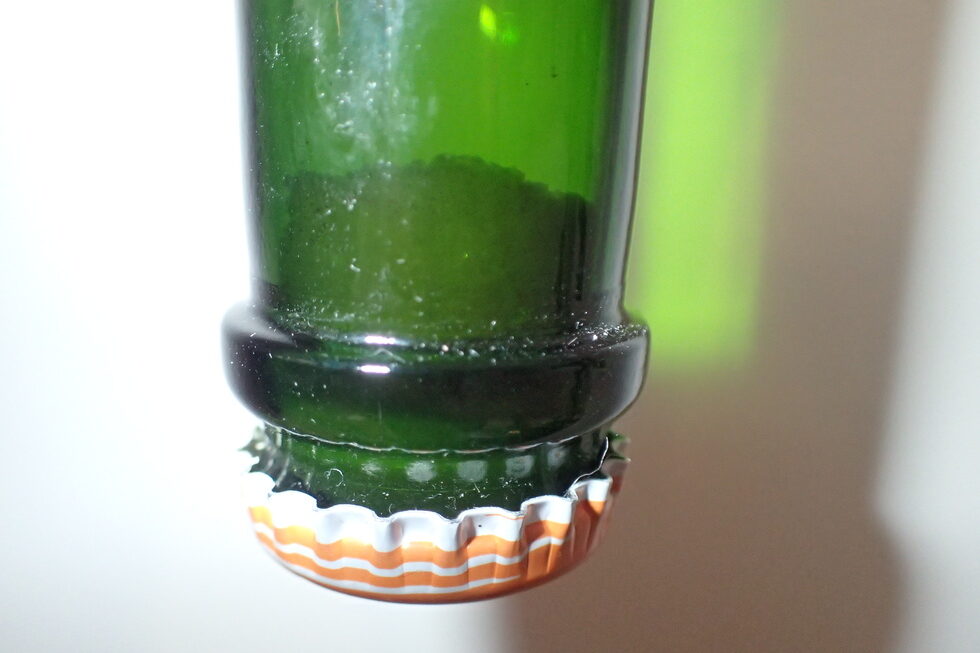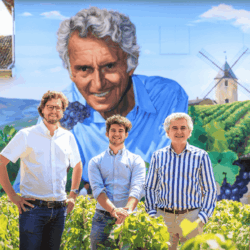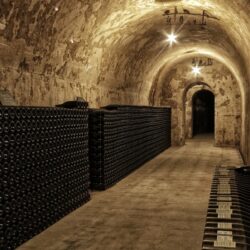Lees are essential to making quality sparkling wine. Sommelier Edit asks why is it better to lees-age fizz for longer.
Who would have though that dead yeast cells, a by-product of the wine making process, are so wonderful for making great sparkling wine. Key to the process, bringing complexity and richness to fizz, sommeliers are looking for traditional-method sparklings with longer time on the lees to stand up to their top pairings.
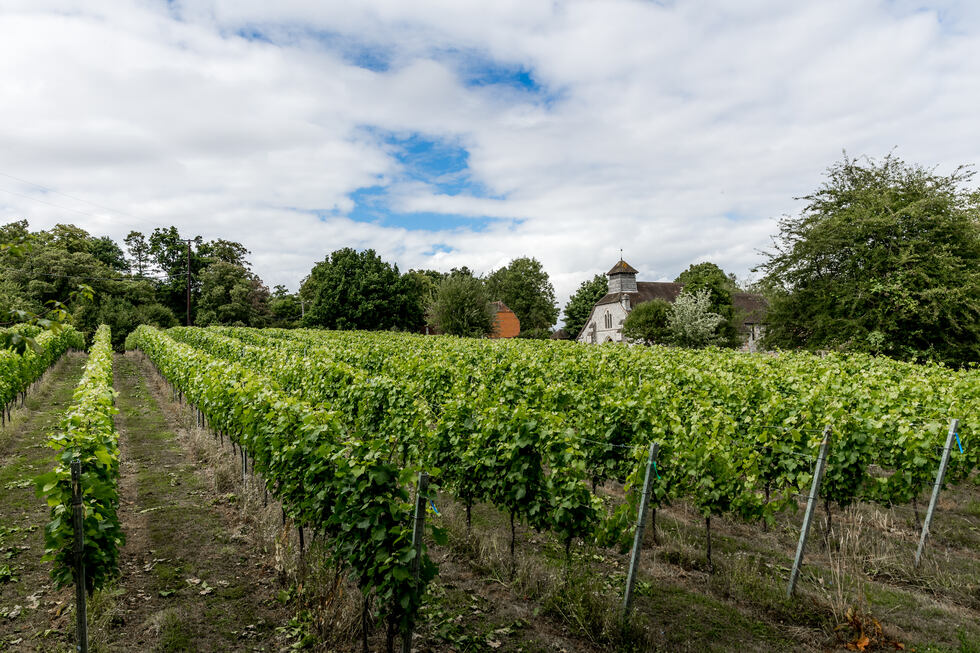
The magic mix of spent yeast cells, material from the grapes’ skins, and other detritus that settles in the bottle after second fermentation vessel gives sparkling wines, Champagnes, Cavas and Cap Classiques, the edge when it comes to flavour and profile. Generally speaking, great fizz that has been left on the lees for longer tastes much better.
Mark Darley, founder All Angels Vineyard, UK, celebrated his 10th vintage recently and he is passionate about ageing his sparkling wines on their lees. “We wait until they are ready and on average our wines have 6-7 years ageing on leese and 6-9 months on cork before we release. ” He explains, “We work hard to explain the importance of lees-aged sparkling wines and the points of difference about these wines.”
These wines work exceptionally well due to their level of acidity and balance. The lingering and balanced acidity in the wines make them perfect to pair with food and also very versatile.
Andrea Bricarello, Senior Business Development, Jascot’s Wine Merchants agrees, “I would say complexity and finesse that can be only achieved by ageing for long time wines on lees. The bubbles integrate with time, whilst the autolysis , increasse texture, length and a whole range of notes.” As importers of Champagne Alfred Gratien, a champagne producer well-known for is ageing process, Bricarello appreciated that “only time and patience can offer the huge amount of tertiary notes from viennoiserie to dry mushrooms, and the vibrant fresh uplifting acidity, afforded by lees aged sparkling wines,” he adds.
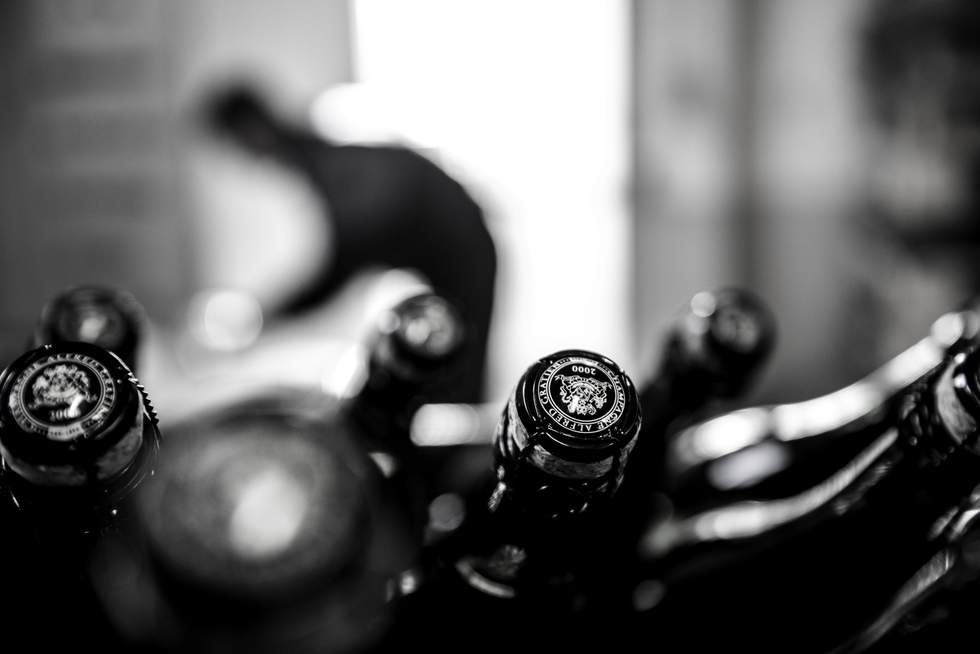
Sommelier perspective
Romain Bourger, the number one sommelier in the UK’s Top 100 Sommeliers 2024 and Wine Director at The Vineyard at Stockcross believes that “these wines work exceptionally well due to their level of acidity and balance. The lingering and balanced acidity in the wines make them perfect to pair with food and also very versatile.”
With longer lees ageing, two things happen that help with food; first, the acidity remains higher and protects the wine from oxidation for longer. As mentioned, acidity in wine makes it also for a near perfect accompaniment to food as it will match more food textures like salt or fat.
This may be the case, and the experts clearly see the advantages of lees ageing in sparkling wines, but does the diner ask for this style in particular? Is there a call for them in a restaurant context? Bourger believes there is “for some more experienced guests, yes. Generally, I find people do want to drink these kind of sparkling’s but without necessarily thinking about it in technical terms.”
He continues, “with longer lees ageing, two things happen that help with food; first, the acidity remains higher and protects the wine from oxidation for longer. As mentioned, acidity in wine makes it also for a near perfect accompaniment to food as it will match more food textures like salt or fat. Second, aging on the lees develop texture and aromas. The wine becomes rounder and richer and shows more flavours of brioche and toasted bread. It therefore makes it for a more complex tipple on its own.”
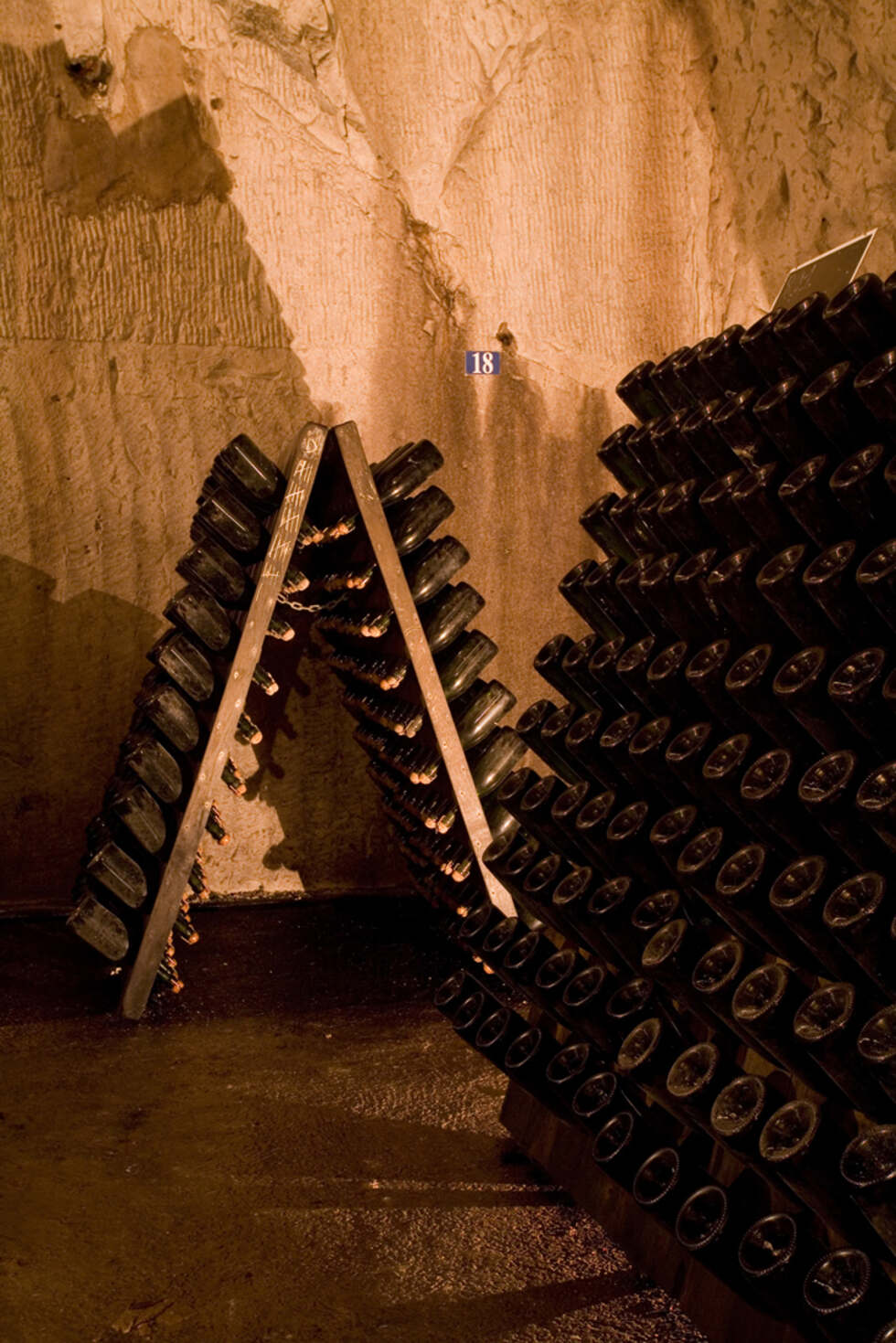
Lees education
Darley admits that his team spend a lot of time teaching sommeliers which are the best serving conditions for his wines. For example, he recommends always serve then when they have been open for 20 minutes, onbce out of the the fridge. “This gives the wine’s characteristics the chance to develop, they change dramatically as the warm up,” he says. “We have a very hands on approach,” he admits, “we are keen to tell the story behind the wines and explain what is going on in the winemaking process. We have to persuade and inform people about why our sparkling wines are like fine wines.”
He continues, “Champagne brands have done a lot of work on how well their wines match with food and the same is true for good English sparkling wines. But great champagne comes at a price and I believe that the wines are much greener. All Angels sparkling wines, because they are lees aged for so long, do not have that green character they are lush and complex.”
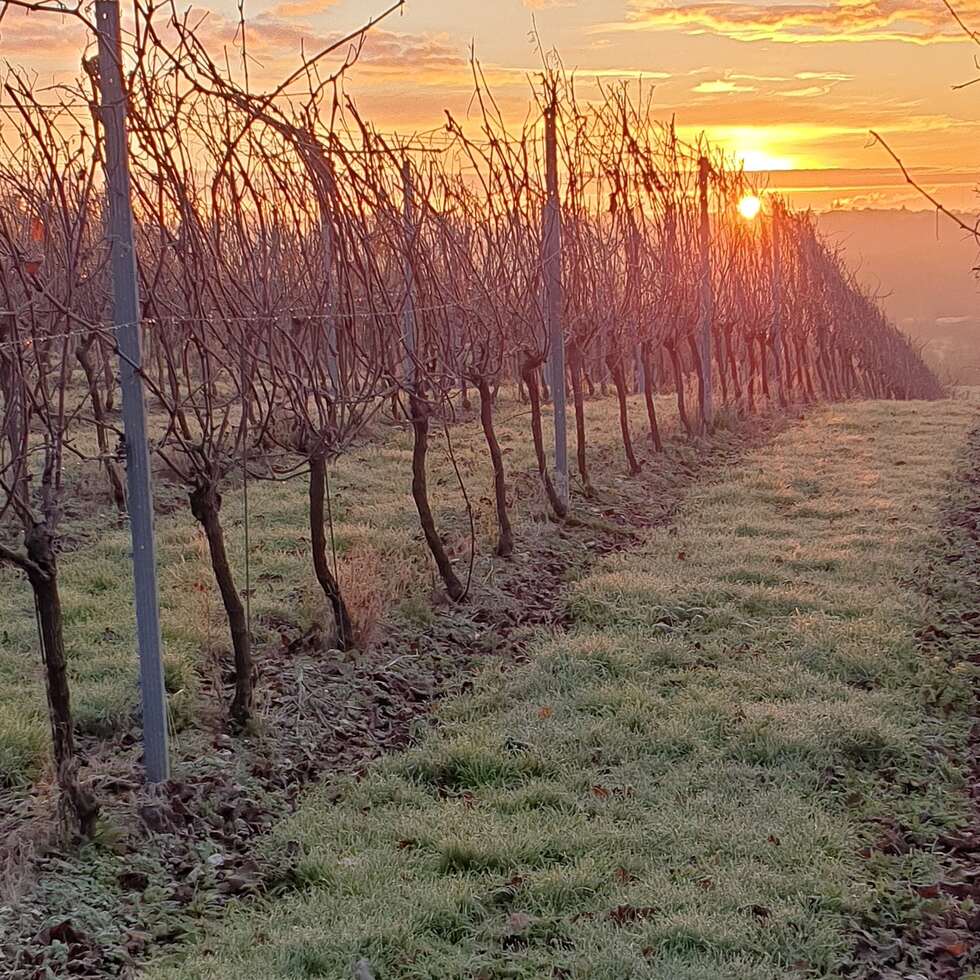
Bricarello believes that “the key when it comes to matching sparkling wines or Champagne with food is definitely a good balance of freshness, complexity and length. Freshness and acidity are an important component of sparkling wine; what makes the wine cut through any richness or creaminess of the dish. “I truly believe it’s a great opportunity to showcase the age worthiness of these wines and an opportunity for the guests to sample a bit of history when drinking. It also elevates the offer to the guests, that will feel they are having a more premium experience overall,” he concludes.
Clearly the important role that lees ageing plays in development and complexity of sparkling wines that work well in a restaurant context, and multi-layered food pairing concepts, cannnot be ignored. Interesting that Bourger beleives that diners appreciate this aspect of of older fizz without necessarily knowing what they are drinking in winemaking terms. Lees aged sparkling wines, whether Champagne or not, definitely deserve consideration on the list and pairing menus.

